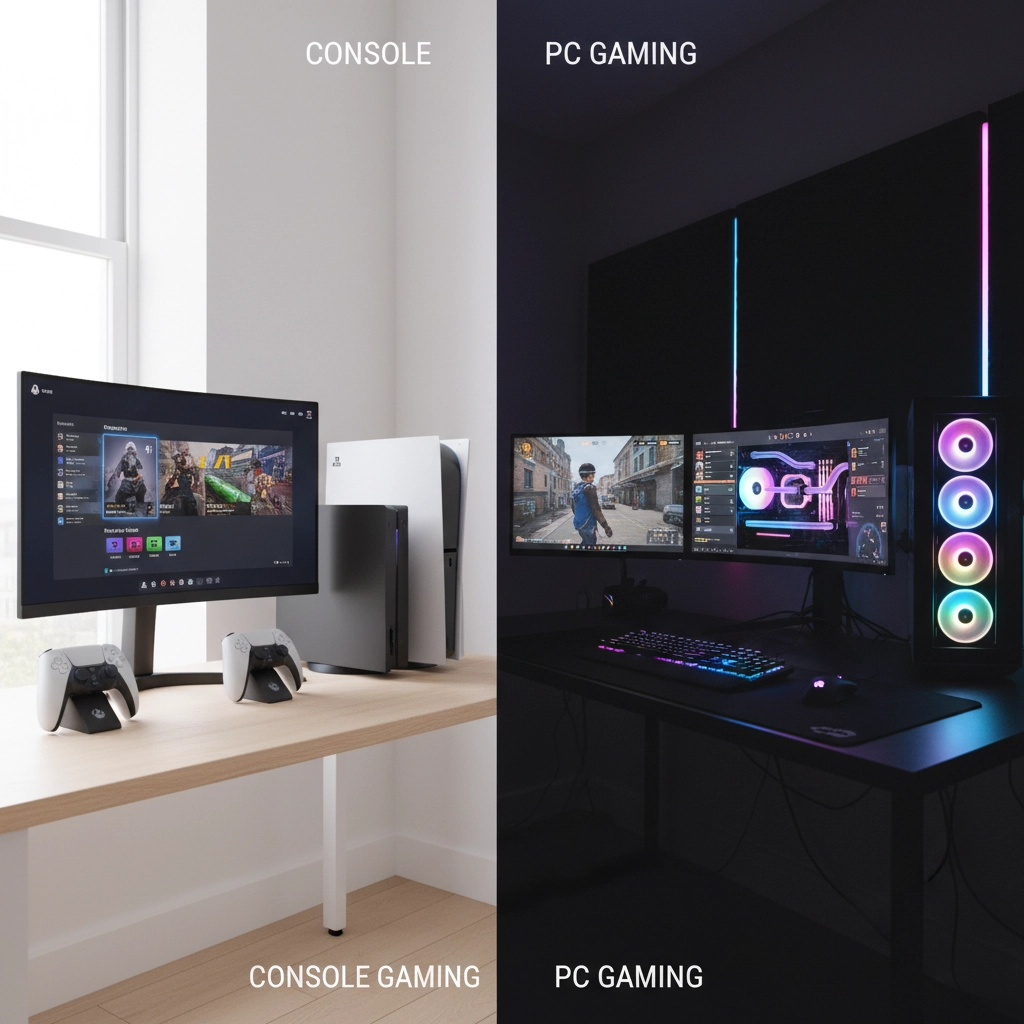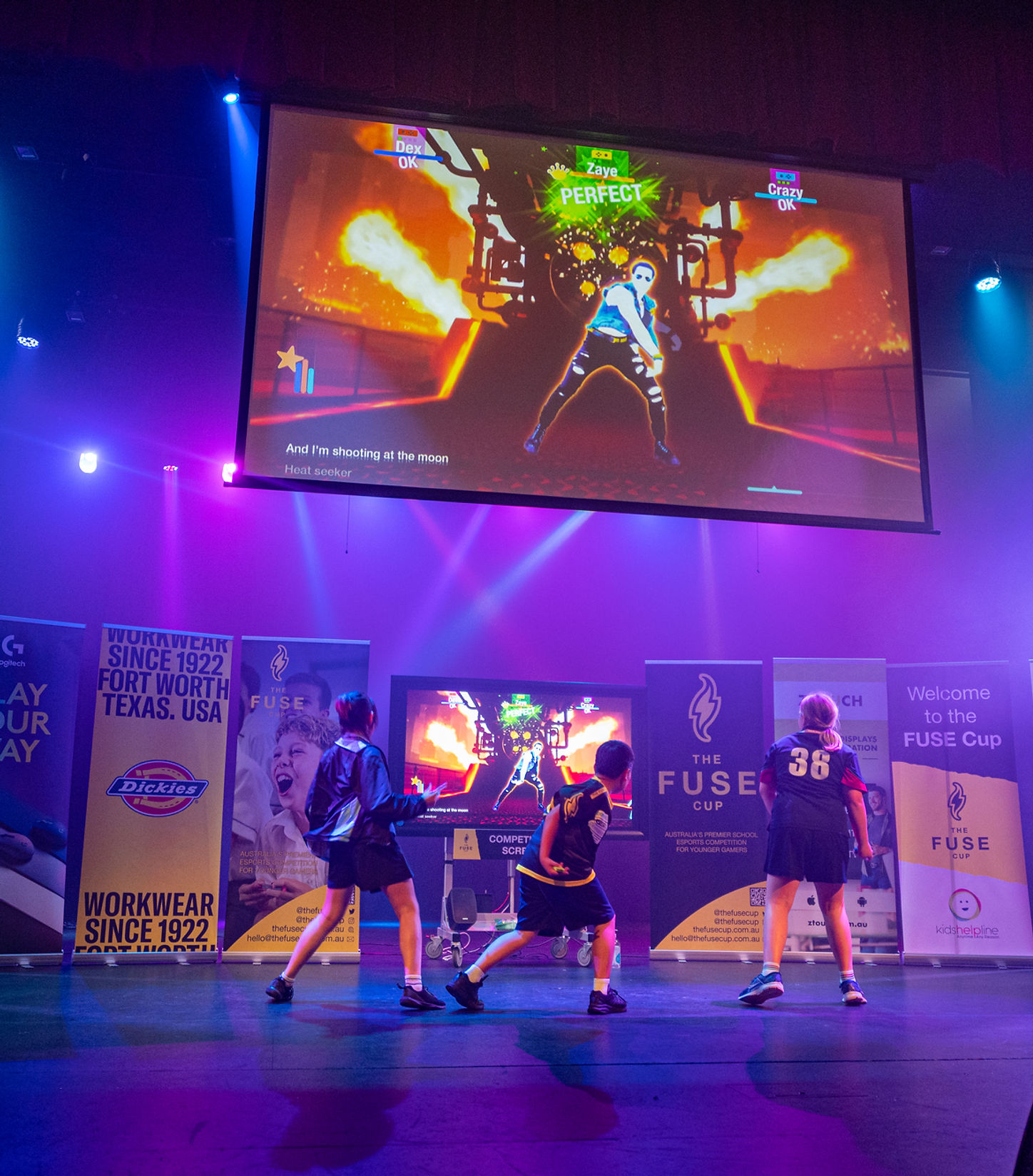How to Start a School Esports Program in Australia: 5 Essential Steps for Success
- The FUSE Cup Team

- Oct 12
- 5 min read

Starting a school esports program might feel like uncharted territory, but you're actually stepping into one of the most exciting educational movements happening right now! Across Australia, schools are discovering that esports isn't just about gaming: it's a powerful tool for building teamwork, critical thinking, and digital literacy skills that students will use for life.
The beauty of school-based esports is how it brings together students who might not traditionally engage with other extracurricular activities. Whether you're a teacher, administrator, or parent champion looking to get something started at your school, this guide will walk you through the essential steps to create a successful program that your school community will absolutely love.
Step 1: Build Support and Define Your Vision
The first step to launching your school esports program is getting everyone on the same page: and that starts with understanding what esports can really do for your students. This isn't about kids just playing video games; it's about creating structured learning opportunities that develop communication, strategy, and collaboration skills.
Start by surveying your students to gauge interest. You might be surprised by the enthusiasm! Many Australian schools have found that esports attracts a diverse group of students, including those who haven't found their niche in traditional sports or activities.

When presenting your vision to school leadership, focus on the educational benefits. Highlight how esports programs can be mapped to the Australian Curriculum, particularly in Digital Technologies. Schools like Ripley Valley State Secondary College have successfully integrated esports into their curriculum, running sessions three times per week with around 100 enrolled students!
Your vision should clearly outline whether the program aims to build teamwork, provide career exploration opportunities, or create pathways into STEM fields. The esports industry is one of the fastest-growing sectors globally, and many students don't realize the career opportunities beyond just being a professional player: think game design, event management, broadcasting, and digital marketing.
Step 2: Deciding Between Console or PC Esports
Here's where many schools get stuck, and it's a crucial decision that will shape your entire program. Both consoles and PCs have their place in esports, but for schools just starting out, consoles offer some compelling advantages.
Console Esports: The Smart Choice for New Programs
Consoles like PlayStation and Xbox are fantastic for school programs because they're more cost-effective and easier to manage. You're looking at significantly lower upfront costs: a quality console setup might run you $500-$850 per station, while gaming PCs suitable for competitive esports can easily cost $1,500-$5,000 each.
The maintenance factor is huge too. Consoles are essentially plug-and-play, with minimal technical support needed. Your IT team will thank you when they don't have to deal with driver updates, hardware compatibility issues, or students accidentally installing unwanted software.
From a safety perspective, consoles give you much better control over the gaming environment. Console versions of popular games often have more robust parental controls and content filtering options, which is perfect for school settings.

PC Esports: Great for Established Programs
Don't get us wrong: PC gaming has its perks! The variety of available games is massive, and many of the biggest esports titles like League of Legends and Counter-Strike are PC-exclusive. PCs also offer more customisation options and can double as learning tools for digital design or programming classes.
However, PCs require more technical expertise to maintain, higher initial investment, and present more opportunities for students to access inappropriate content or install unauthorised software.
Our Recommendation: Start with Consoles, establish your program then integrate PC Gaming as an extension
For schools launching their first esports program, we strongly recommend starting with consoles. Games like EAFC, Rocket League, Mario Kart, Super Smash Bros and Just Dance work beautifully on console platforms and are perfect for school environments. Once your program is established and you have the budget and technical support systems in place, you can always expand into PC gaming. Gaming laptops offer schools an excellent option if space for a dedicated esports room is not available. We use Acer Predator laptops that offer students an excellent gaming experience without compromise.
Step 3: Secure Funding and Resources
Let's talk money: because every great program needs sustainable funding! The good news is that esports programs can be surprisingly affordable when you plan smart.
Create a detailed budget that includes equipment, furniture, software subscriptions, and potential league fees. For a console-based program serving 20-30 students, you might be looking at $2,000-$5,000 for initial setup, which is quite reasonable compared to setting up other school facilities.
Explore multiple funding sources. Many Australian schools have found success with:
School budget allocations
Parent and community fundraising
Local business sponsorships (particularly tech companies)
Grants specifically for STEM or technology education

Don't forget about ongoing costs like internet bandwidth upgrades, game subscriptions, and replacement equipment. Building these into your annual budget from the start prevents nasty surprises down the track.
Step 4: Develop Your Curriculum and Game Selection
Here's where the magic happens: turning gaming into genuine learning! Successful school esports programs structure their sessions with both theory and practical components, just like traditional PE classes.
Consider a 50/50 split: half the session focused on theory (game strategy, teamwork principles, digital citizenship, career exploration) and half on practical gameplay. This approach has worked brilliantly for Australian schools and helps justify the educational value to skeptical parents or administrators.
Your game selection should balance student preferences with educational goals. Popular choices for Australian school programs include:
Rocket League: Perfect for teaching physics concepts and team coordination
EAFC: Great for students who love traditional sports
Minecraft: Excellent for creativity and problem-solving
Chess.com: Develops strategic thinking and patience
Mario Kart: Fun, inclusive, and great for building school spirit
Just Dance: Excellent for promoting physical movement and building coordination

Make sure to include digital citizenship and online safety as core curriculum components. Partner with resources like the eSafety Commissioner's guidelines to ensure students learn responsible gaming practices alongside competitive skills.
Step 5: Launch and Sustain Your Program
The launch phase is incredibly exciting! Start by creating an application process: this might seem counterintuitive, but having students apply and commit to the program ensures you get dedicated participants rather than casual drop-ins.
Some Australian schools run recruitment sessions at feeder primary schools, getting Year 6 students excited about joining the esports program when they transition to high school. This creates fantastic continuity and helps with program planning.
Structure your sessions for success. Many programs run 2-3 times per week, with different skill levels or age groups on different days. Create leadership opportunities where senior students can captain teams, organise tournaments, or mentor younger players.
Connect with the broader esports community! There are tournaments and competitions specifically for Australian students, providing authentic competitive experiences while maintaining educational focus. These external competitions give students goals to work toward and showcase their skills.

Sustaining Long-term Success
Keep the program fresh by regularly introducing new games, hosting school-wide tournaments, and celebrating student achievements. Consider forming partnerships with local businesses or universities that offer esports scholarships: this creates genuine pathways for your most dedicated students.
Regular evaluation is crucial. Survey students, parents, and staff to understand what's working and what needs improvement. The most successful programs adapt and evolve based on their community's needs.
Most importantly, remember that you're building more than just a gaming club: you're creating a community where students develop confidence, leadership skills, and genuine friendships. The students who might have felt left out of traditional school activities often find their tribe in esports programs.
Starting a school esports program is one of the most rewarding initiatives you can launch. It's a perfect match for engaging digital natives while building real-world skills they'll use throughout their lives. With careful planning, strong community support, and a focus on education over just entertainment, your esports program will become a cornerstone of student engagement at your school.
Ready to level up your school's offerings? Your students are waiting for this incredible opportunity: and they're going to absolutely love what you create together!




Comments